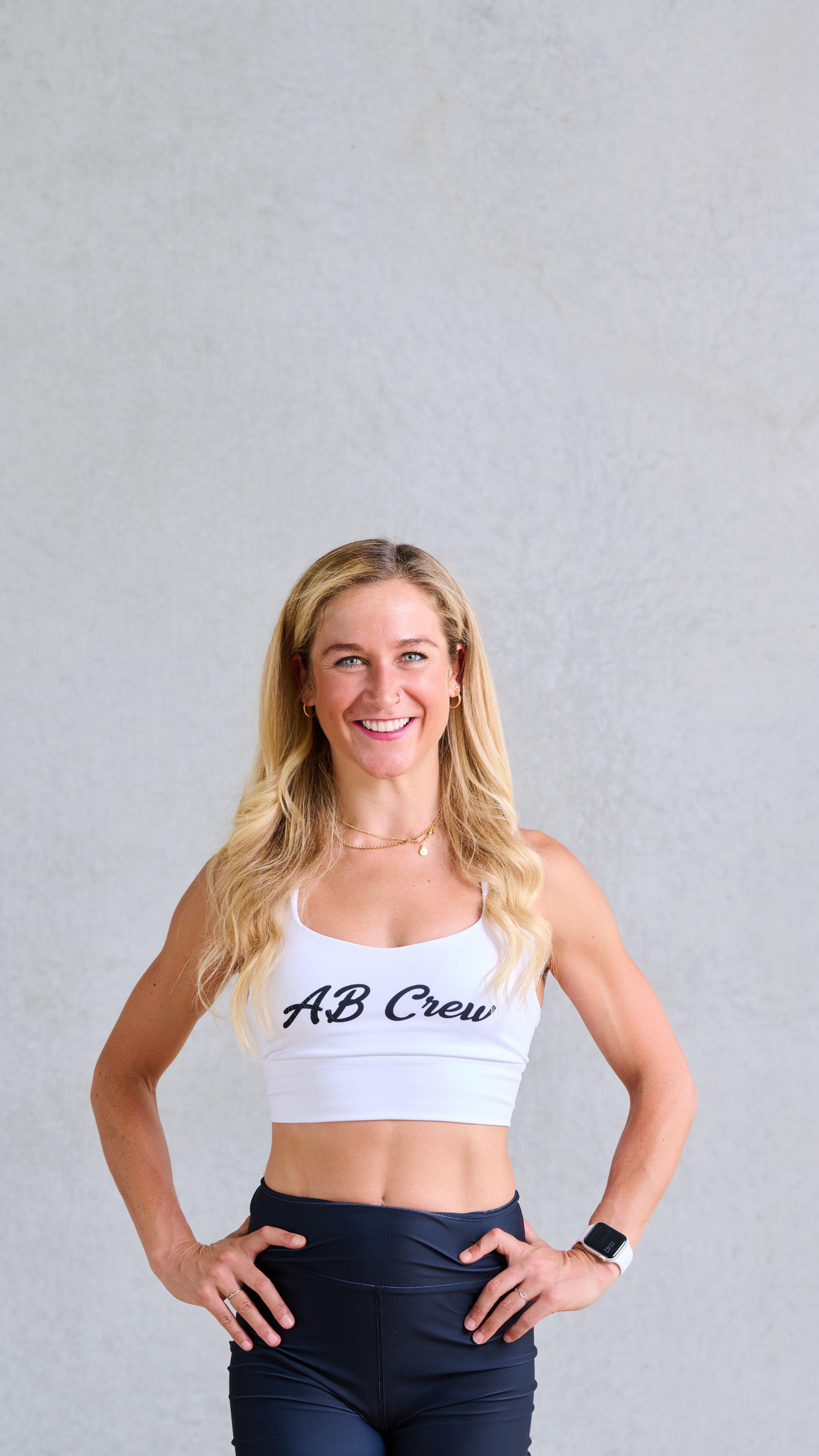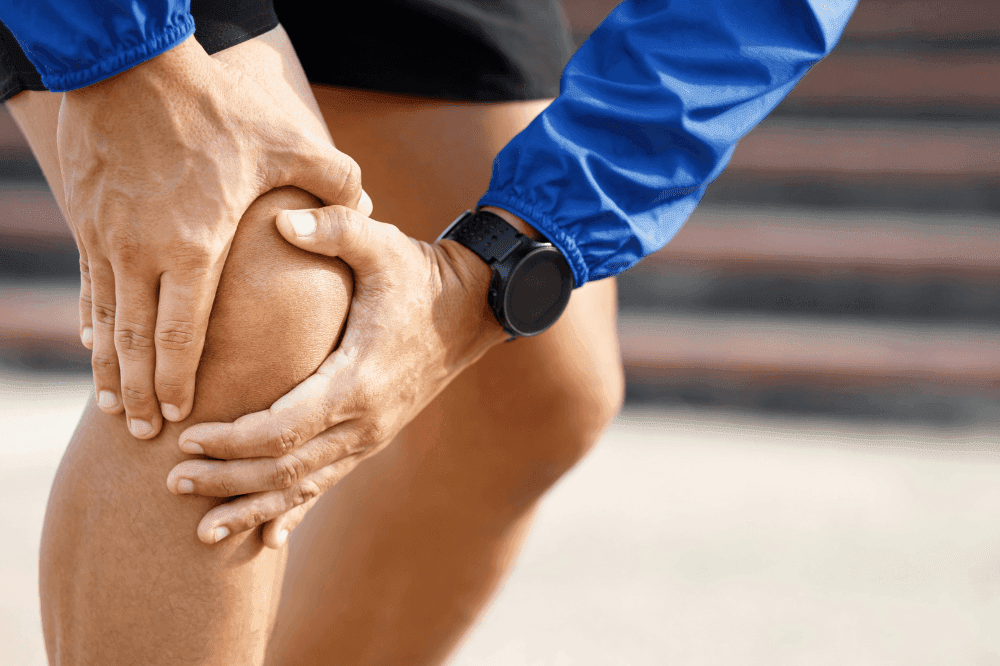As avid runners, we've all encountered the common concerns about our knee health, with comments ranging from the impact on our joints to fears of future arthritis. Fortunately, extensive research has debunked the myth that running leads to increased knee problems. Studies have shown that runners are, in fact, NOT at a higher risk of developing arthritic knees compared to non-runners. In fact, the research has found quite the opposite, highlighting that many runners actually have healthier knees over the long term.
Despite this positive news, a specific knee issue, Patellofemoral Pain Syndrome , also known as "Runner's Knee", poses a challenge for many in our community. Whilst this condition does not doom you to a future of knee related pain, neglecting it can interrupt your training and impact your love for running.
What Exactly is "Runner's Knee"?
"Runner's Knee" is one of the most prevalent injuries amongst runners, causing discomfort behind and around the kneecap. Symptoms are most commonly exacerbated by activities such as running, climbing, and even sitting for extended periods.
My personal battle with "Runner's Knee" has led me to explore and identify truly effective treatments. Thankfully, this condition can be addressed through conservative means without the need for surgery, although patience and a dedicated rehabilitation plan are crucial for a successful recovery.
Identifying Symptoms of "Runner's Knee"
The main symptom for "Runner's Knee" is pain beneath the kneecap (patella) during and after impact activities (such as running), before shifting to a dull ache during periods of inactivity. Swelling and sensations of grinding in the knee are also common indicators of this condition.
Causes Behind Runner's Knee
Runner's Knee can stem from a variety of factors, including increased running intensity/load, muscle imbalances (especially around the hips & quadriceps), anatomical differences, pelvic instability, improper running mechanics (such as overs striding), and changes in training intensity or footwear.
Navigating the Path to Recovery
The journey to pain-free running involves several key steps:
- Addressing load management to reduce stress on the knee.
- Consult a physiotherapist for targeted dry needling and trigger point relief.
- Apply ice to manage inflammation and swelling.
- Use foam rollers and spikey balls for manual trigger point release.
- Engage in deep tissue massages to release tension in the quads, glutes, and surrounding muscles.
- Consider taping techniques to support the knee during recovery.
- Incorporate specific exercises to strengthen the trunk, hips, and lower limbs.
- Analyse running mechanics to identify and correct issues contributing to knee pain.
Embarking on an injury management plan starts with controlling pain and gradually reintroducing impact activities. Regular self-assessment, such as the hop test, can help monitor your progress. All you need to do is hop 10 times on the painful leg and rate the pain out of ten. I like less than 2/10 for at least 1 week before adding any extra impact load to a home rehab regime. Remember, even after returning to running, ongoing strength and conditioning are vital to prevent recurrence and ensure long-term knee health.
For those seeking a detailed rehabilitation plan tailored to "Runner's Knee", our comprehensive "Knee-hab" Plan offers a step-by-step approach to assess, diagnose, treat, and progress through "Runner's Knee" recovery. Access the full plan on the forRunners.app and get back to enjoying your runs pain-free.
Happy running,
Alice Baquie
Founder of forRunners.app, Physiotherapist & Pilates Instructor

About Alice Baquie
Alice has been a physio for fourteen years and specialises in injury prevention and management for runners. Alice has represented Australia in distance running and gymnastics so has sound knowledge of athletic performance and understands the importance of strength conditioning and mobility to help keep the body moving effectively to mitigate injuries.
Alice, otherwise known to her wonderful pilates community as AB is a fun loving inclusive person always ready to chat and have a laugh and has hosted 1000’s of online classes which attract people from all around the world, including 25 Aussie Olympians.


